Explore direct and indirect speech with this board game.
Direct/Indirect Speech? Don’t Be Bored, Try This Board Game!
Playing games can make learning so much easier! This board game allows students to explore how quoted (direct) and reported (indirect) speech work. Not only will students become familiar with the differences between the language used for each type of speech, but they will also focus on how to punctuate these speech types correctly.
This game is played in a small group with one person acting as the game host (deciding whether answers are correct.) Each player, in turn, reads a card and is directed to either:
- decide whether the sentence is an example of direct/indirect speech OR
- identify errors in how the sentence is punctuated.
The squares on the board game indicate where the player moves their game piece after they’ve provided their answer.
This is a fun way to reinforce a topic that could otherwise be quite boring! Through playing the game, you will also be helping prepare your students to successfully add dialogue to their own writing.
Tips for Differentiation + Scaffolding
A team of dedicated, experienced educators created this resource for students to work on as an English Group Activity.
If you have a mixture of above and below-level learners, check out these suggestions for keeping students on track with the concepts:
🆘 Support Struggling Students
Assist students who need help understanding the concepts by providing access to previous assignments, posters and anchor charts for them to recall past lessons.
The game itself could be simplified by omitting the punctuation cards and only including the cards that require students to distinguish between direct and indirect speech.
➕ A Greater Challenge
Challenge those students who require extension by requiring them to complete another step when using the direct/indirect speech identification cards. After identifying the speech type, they should also convert it to the opposite speech type, e.g. if the card is an example of direct speech, they would need to say the indirect speech version.
Alternatively, students who thrive on being challenged could create their own question cards for the board game using the Google Slides version.
🏃Relay Race
Divide students into two team lines and read one of the direct/indirect speech identification cards to the students at the front of each line. The student who identifies the type of speech used first wins the card. The team with the most cards at the end of the game wins!
Easily Prepare This Resource for Your Students
Use the dropdown icon on the Download button to choose between the PDF or Google Slides version of this resource. An answer key is also included for the host so that they can judge whether answers are correct or not.
Print on thick card for added durability and longevity. Place all pieces in a folder or large envelope for easy access.
This resource was created by Jennifer Hall, a Teach Starter Collaborator.
Don’t stop there! We’ve got more activities and resources that cut down on lesson planning time:
| [resource:4798080] [resource:4805910] [resource:52206] |


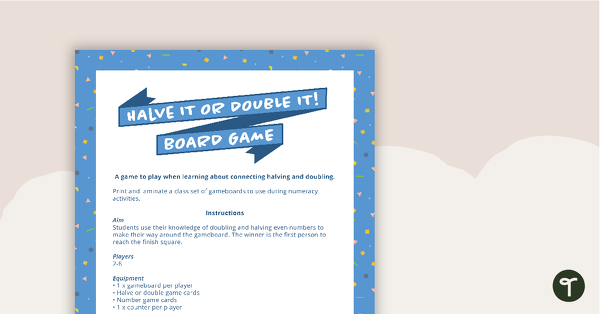
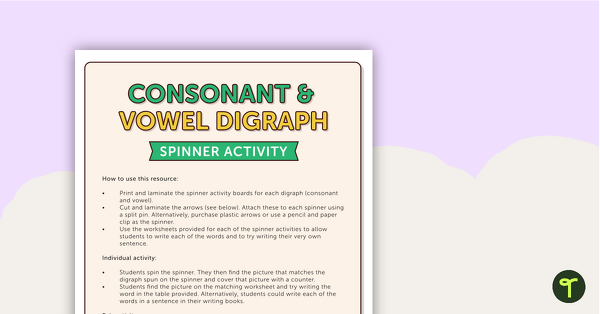
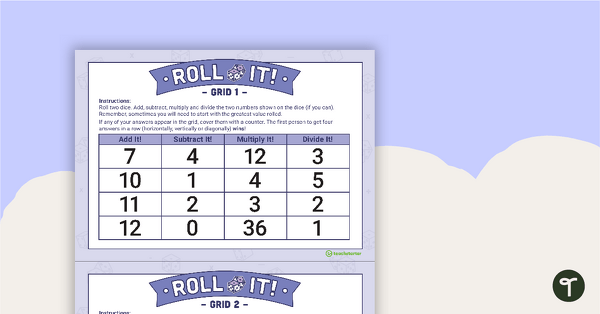
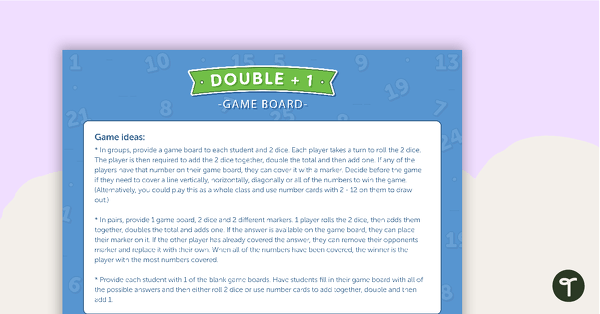
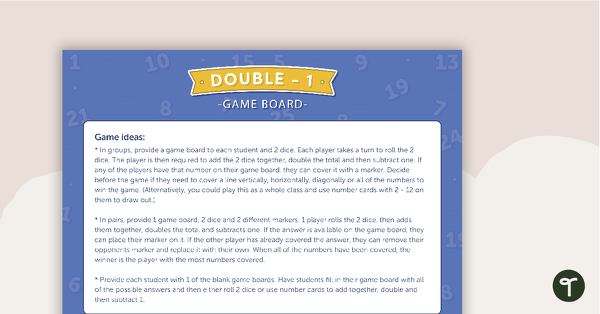
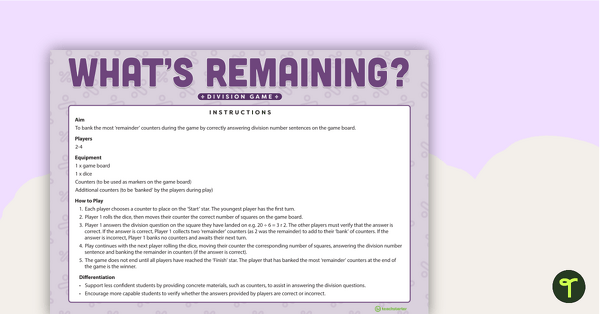
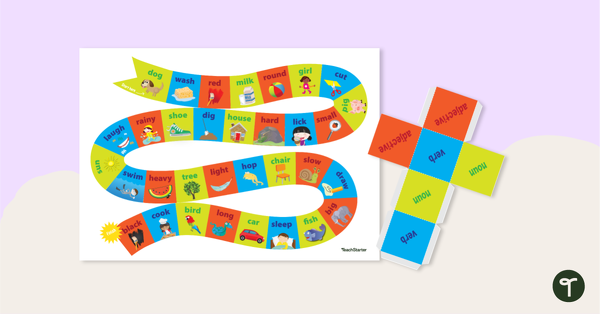
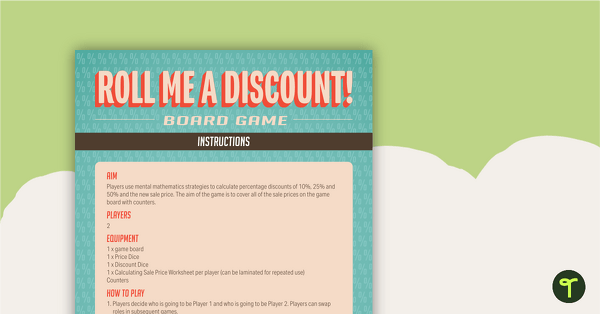
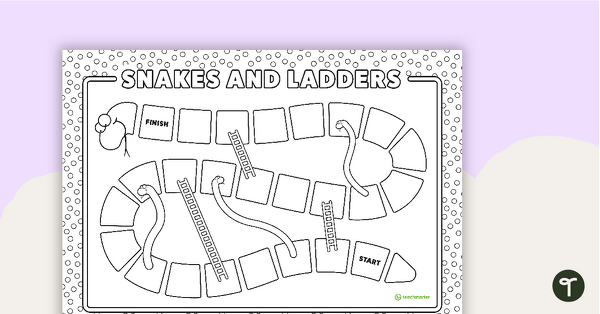
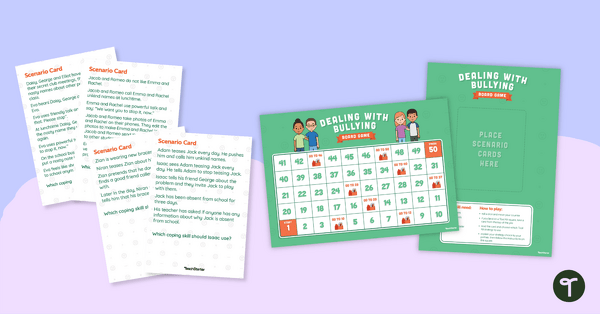
0 Comments
Write a review to help other teachers and parents like yourself. If you'd like to request a change to this resource, or report an error, select the corresponding tab above.